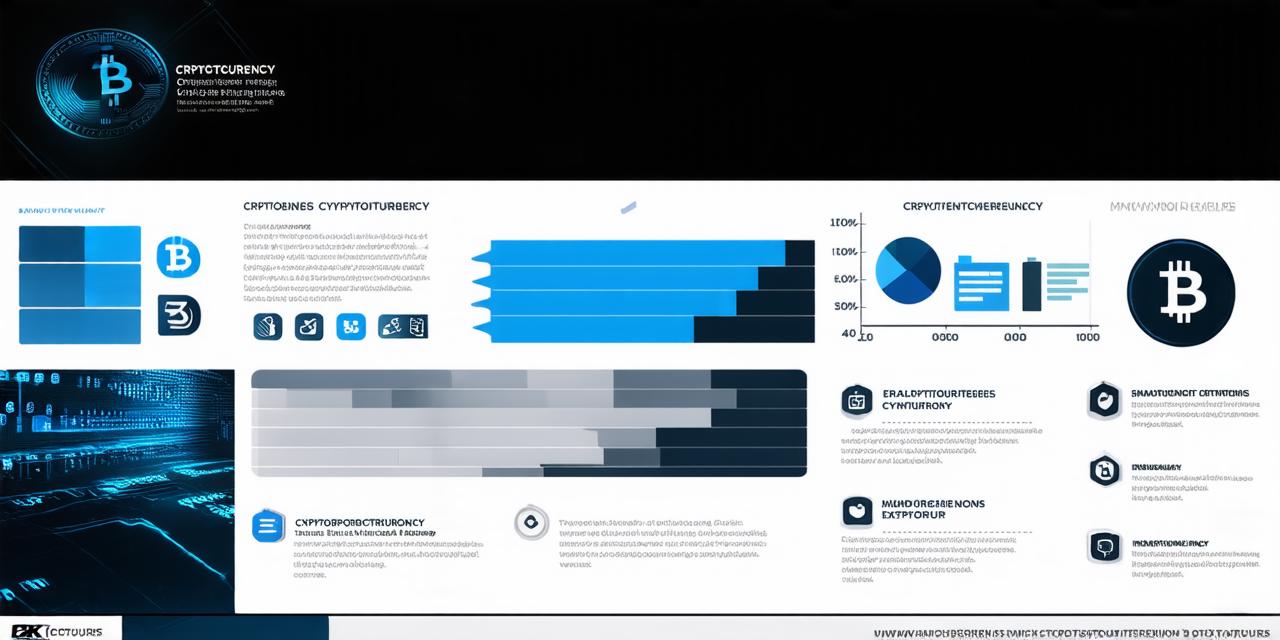As cryptocurrencies continue to gain popularity, more and more people are becoming interested in learning about them. However, for those new to the world of crypto, some terms can be confusing. One such term is “snapshot,” which is often used when discussing blockchain technology and cryptocurrency transactions. In this article, we’ll explore what a snapshot means in the context of cryptocurrencies and how it relates to blockchain technology.
What is a Blockchain Snapshot?
A blockchain snapshot is a complete copy of the entire blockchain at a specific point in time. It contains all the data that has been recorded on the blockchain up to that moment, including every transaction that has taken place. A blockchain snapshot can be created by taking a full copy of the blockchain and saving it to a file or database.
Why is a Blockchain Snapshot Important?
A blockchain snapshot is important because it allows developers and users to analyze the state of the blockchain at a specific point in time. This can be useful for a variety of reasons, including:
- Auditing: By taking a snapshot of the blockchain, developers can review all the transactions that have taken place on it and verify that they are legitimate.
- Backup: A blockchain snapshot can also serve as a backup of the entire blockchain in case something goes wrong with the original network.
- Research: Blockchain snapshots can be used for research purposes, allowing researchers to analyze data from a specific period of time and identify patterns or trends.
- Time Travel: By taking a snapshot at a specific point in time, developers can effectively “travel back” to that moment in the blockchain’s history and see how things were at that time.

How is a Blockchain Snapshot Created?
Creating a blockchain snapshot involves taking a full copy of the entire blockchain and saving it to a file or database. This can be done using specialized software tools or by manually copying the data from the original blockchain network. Once the snapshot has been created, it can be analyzed and reviewed as needed.
Real-Life Examples of Blockchain Snapshots
There are many real-life examples of blockchain snapshots being used for various purposes. Here are a few:
- Auditing: In 2018, a blockchain snapshot was taken of the Ethereum network in order to audit all the transactions that had taken place on it. This allowed developers to verify that all transactions were legitimate and identify any potential security vulnerabilities.
- Backup: In the event of a failure with the original Bitcoin network, users have been able to restore the network using a blockchain snapshot. This has allowed them to continue using the network without interruption.
- Research: Researchers have used blockchain snapshots to analyze data from specific periods of time and identify trends or patterns in the cryptocurrency market.
- Time Travel: By taking a snapshot at a specific point in time, developers can effectively “travel back” to that moment in the blockchain’s history and see how things were at that time. This can be useful for understanding the motivations behind certain transactions or identifying potential security vulnerabilities.
FAQs about Blockchain Snapshots
Here are some frequently asked questions about blockchain snapshots:
1. How often should I take a blockchain snapshot?
The frequency of taking a blockchain snapshot will depend on your specific needs and the level of activity on the network. It is generally recommended to take a snapshot at least once a month, but this can be adjusted based on your requirements.
2. Can I create my own blockchain snapshot?
Yes, it is possible to create your own blockchain snapshot using specialized software tools or by manually copying the data from the original blockchain network.
3. How long does it take to create a blockchain snapshot?
The time it takes to create a blockchain snapshot will depend on the size of the blockchain and the speed of your computer or network. It can take anywhere from a few minutes to several hours, depending on these factors.
4. What happens if I use an outdated blockchain snapshot?
If you use an outdated blockchain snapshot, it may not accurately reflect the current state of the blockchain. This could lead to errors or incorrect conclusions in your analysis.
